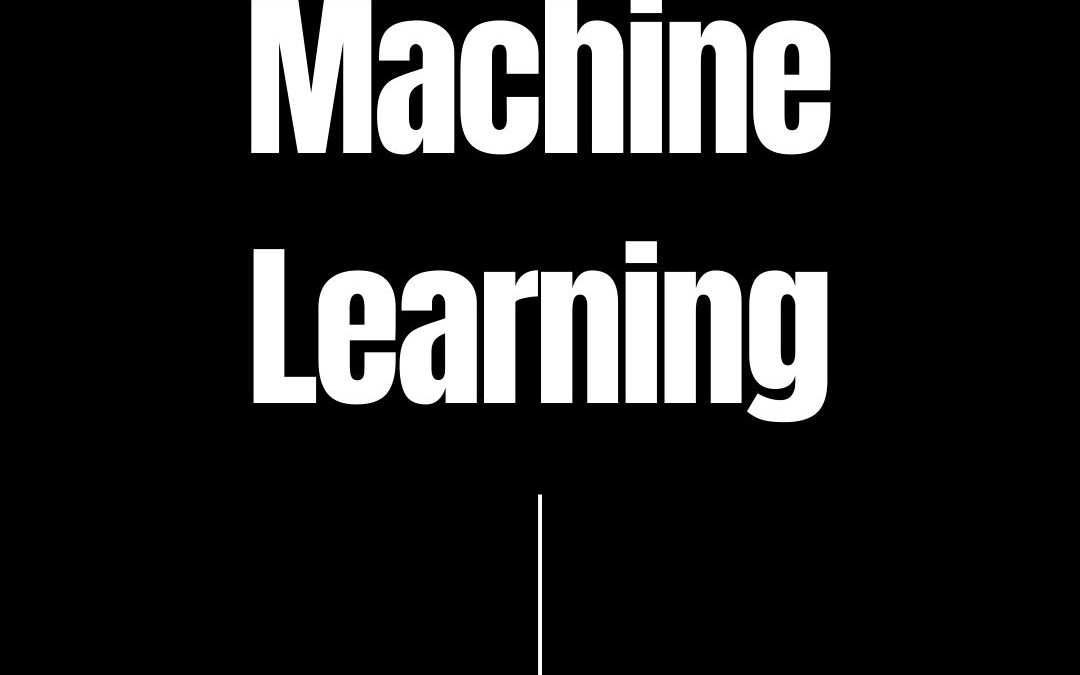Reading, Writing, Arithmetic, Robotics: What to Know About Machine Learning
This is the first article in a series dedicated to the wide-ranging and various aspects of machine learning. We are kicking off this series with a toe-in-the-water introductory article that will introduce you to the basic meaning of machine learning (ML) and why it is important for any business interested in implementing or already using, automated solutions through artificial intelligence (AI) agents.
Machine Learning in Everyday Life
It’s happened to basically every smartphone user before: You’re talking about cheesy breadsticks with a friend, then when you both take a conversational retreat into your smartphones, you see on Facebook an ad for Domino’s cheesy bread! A tinge of paranoia cuts into you, and suddenly you get The Fear…somewhere tucked away in Nowheresville, West Dakota, is an unmarked, windowless building hiding a legion of pale, monochromatically uniformed workers seated in front of computers and adorned with headsets, listening into phone conversations so that they can send to your phone that Domino’s ad. And that’s just the tip of the iceberg of what they’re using your private data for…
Scary stuff, but don’t let The Fear get to you—your data is being observed, yes (what did you expect when you bought a device equipped with multiple cameras and a microphone?), but not by the NSA’s shadowy evil Wisconsinite twin. Rather, your everyday conversations are chock full of keywords that automated algorithms are trained to look out for in order to create customer outreach solutions.
These algorithms don’t just pay attention to keywords they are explicitly designed to observe but have machine learning capabilities that enable them to process unfamiliar words and make sense of them. In our cheesy bread example, such an algorithm is designed to analyze input data, like familiar or unfamiliar spoken words, to determine what products a potential customer may be interested in and ensure the right ads show up while your scrolling through your feed.
Machine Learning Vocabulary Lesson
Before we keep going, let’s define one of this series’ keywords: Algorithm. An algorithm is a set of instructions designed to find solutions. The word “algorithm” is typically associated with computers, but it can refer to any step-by-step method for problem-solving, such as long division.
Now that we’ve defined algorithm (is the word starting to sound funny to you too?) for you, we may as well define that other key term, machine learning.
All AI agents are “taught” in the sense that they are programmed to meet specific goals within defined limits, but not all agents are able to “learn” in an autonomous way, which is what machine learning refers to. ML enables a system to learn through data input rather than explicit programming. This learn-on-the-fly feature is essential to a good deal of agents, such as self-driving cars that would require a vast amount of time to be explicitly programmed to account for every possible obstacle, weather condition, traffic alignment, etc.
Most ML models are nonetheless trained on data sets before being employed to test whether they are excellent learners or not. Adaptability to data, or the ability of a machine to “learn,” is a major key to ensuring the success of any ML system (you don’t want to use a self-driving car that is the robotic equivalent of a “poor test taker”).
Machine learning also enables systems to “fill in the blanks” when it comes to incomplete data. So, if a self-driving car’s cameras are unable to fully make out a foreign object on the road ahead due to heavy downpour, it will still assume that such an object would be dangerous to run over, and will be swerved around.
Machine Learning Summary
Machine learning is one of the key elements in many automated systems. Without it, many systems would be unable to complete even the most basic of tasks. And despite being an unknown concept to many people, ML pervades our everyday existence, at least in our interactions with technology. When we go on YouTube, the recommendations that we see are given to us through a machine learning algorithm that is able to analyze and offer solutions (read: the next recommended video to send you further down the YouTube rabbit hole) based off of the millions of unique viewing and search histories across the entire user base. Stay tuned in this series to continue to learn more about the many areas and functions of machine learning.
Interested in implementing a machine learning solution to your company? Reach out to Guardian Owl for everything from customer churn prediction platforms to automated ad-rewriting tools.


Recent Comments